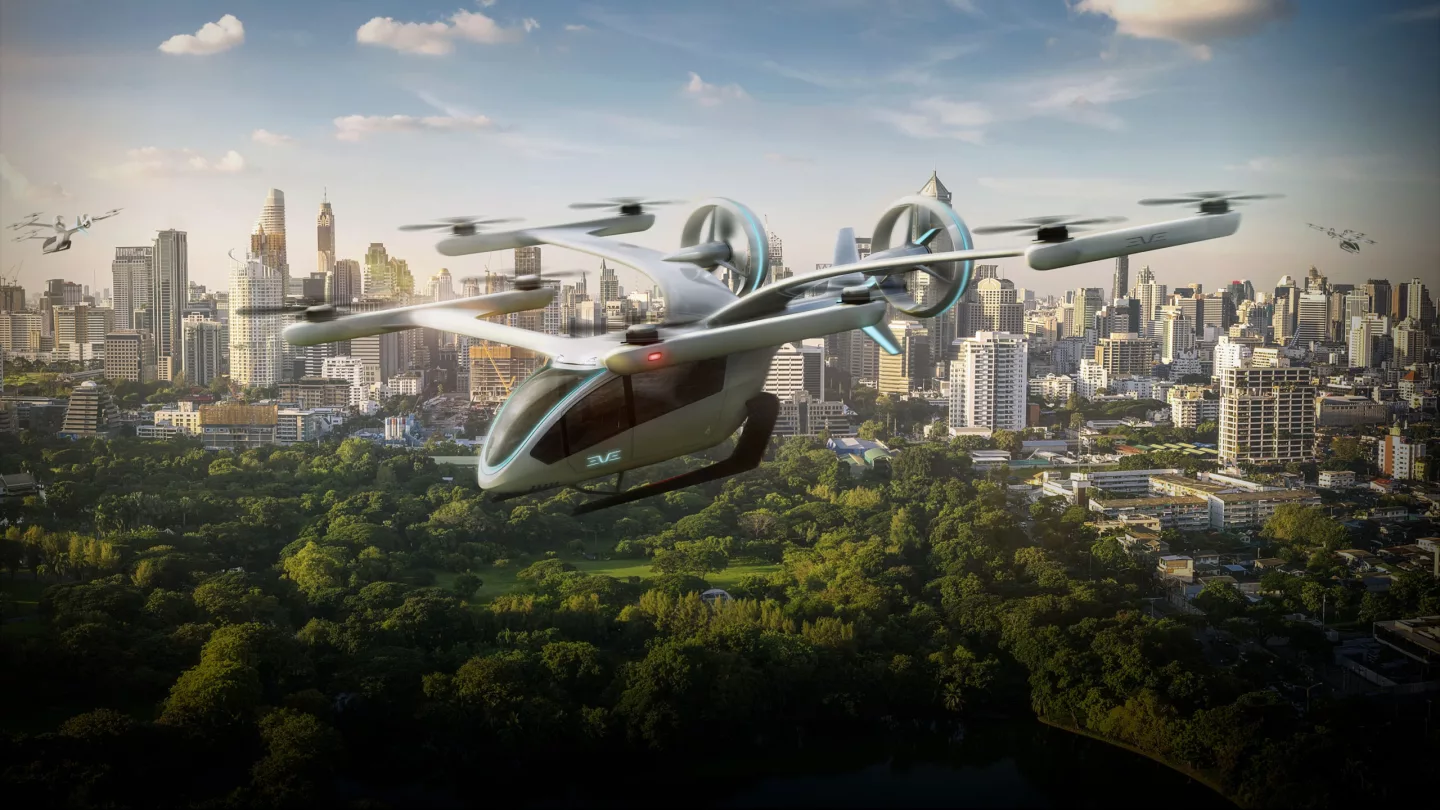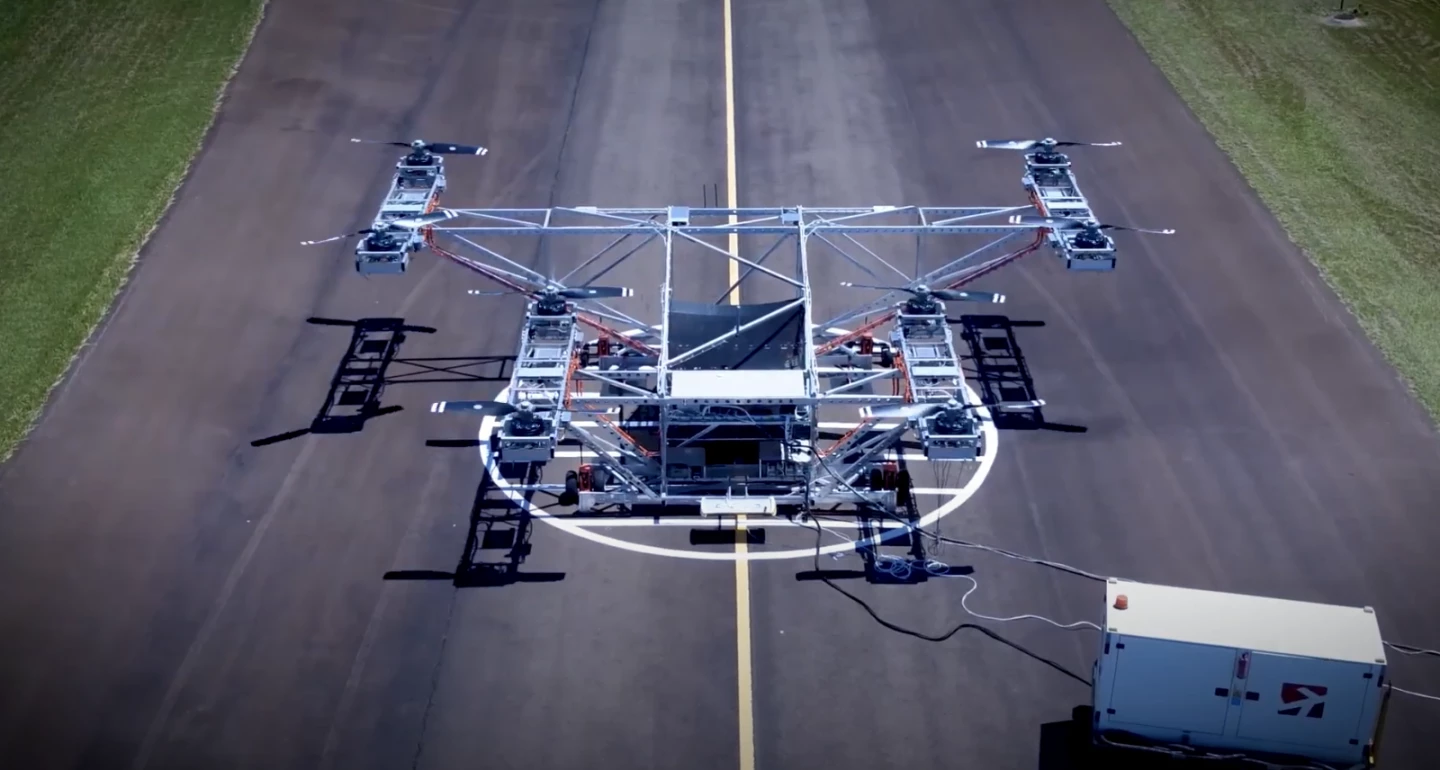As eVTOL manufacturers scramble to get next-gen air taxi aircraft certified and into full production, another set of companies are racing to establish themselves as air mobility service providers. These will become the Ubers and Lyfts of the sky, buying or leasing electric VTOL aircraft en masse and working to manage these vast aerial fleets to connect customers with air taxis in the most efficient and affordable way possible.
Some eVTOL manufacturers plan to do it themselves; Joby Aviation, for example, now owns Uber Elevate and will run its own service. Other companies are coming at it from the other angle, running helicopter services as we speak and working on infrastructure, fleet management and customer service tech to be ready for eVTOLs the moment they're available.
Blade Urban Air Mobility is one example – it's already running heli services at many locations across the US and ramping up to start operations in India – and it's got eVTOL orders in with leading contenders Wisk and Beta Technologies.
Today we learn of another. Halo is based in the UK, and owned by Directional Aviation's OneSky Flight, which already runs private jet operations through its other brands Flexjet, Sentient Jet, FXAir and PrivateFly. Halo is currently running helicopter operations in the UK, but it has now announced a bulk order of electric VTOLs, planning to start zero-emissions eVTOL operations in New York and London in 2026.

Halo has chosen Embraer spin-off Eve as its aircraft manufacturer of choice, and ordered 200 Eve eVTOLs. The airframe is an attractive lift and cruise deign that would appear to prioritize lift over cruise. It runs a large-span but slim rear gull wing and a medium-span front wing that's also quite slim.
On the ends of these wings hang longitudinally mounted propulsion pods, each of which holds a pair of vertical lift props with a pretty decent diameter that's probably over a meter (3.3 ft). That's eight lift props, then, and rather than tilting these in a vectored thrust configuration, Eve uses a pair of large ducted fans on the rear wing for forward propulsion.
The company has shown video of a small-scale prototype, as well as what appears to be a full-scale test bed for the propulsion systems, albeit in a frame that looks like it's been built out of Meccano.

Embraer has released very little detail on the aircraft's speed, range or other specifications. And it probably doesn't have to; these figures will be determined by battery capacity, and battery tech is far from settled at this point. Embraer is a large Brazilian aerospace conglomerate with a 50-year history, 20,000 employees and annual revenues approaching US$4 billion – this is not some brand new startup that needs to make sensational claims to get its foot in the door with customers.
Indeed, that's partially why Halo chose the Eve: "We believe Eve has designed an aircraft that not only is well-prepared for initial certification but also has a proven track record of production," says Kenneth Ricci, Principal of Directional Aviation. "The outstanding lineage of aircraft design, certification and production that Embraer brings to this aircraft positions Eve with significant advantages in the competitive landscape. And our background as operators has taught us that product support is absolutely vital to the overall success of new programs."
Another element in the equation is that Eve has already been closely engaged with the UK Government on the task of preparing airspace management and aviation regulations to deal with the expected influx of eVTOL air taxis that will slowly begin flooding the skies in the coming decades.
With deliveries set to begin in 2026 – if certification and production proceed as expected – Halo says it's allocating 100 aircraft to the UK and 100 to the US upon debut. No prices have been disclosed, and Halo will continue operating its fleet of conventional helicopters until the electric aircraft are ready to go.
Check out a video from Eve below.








